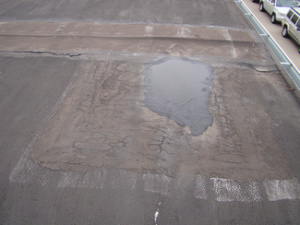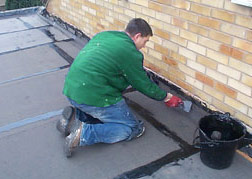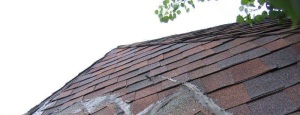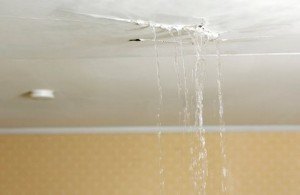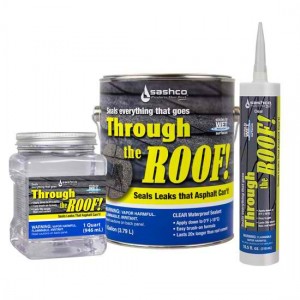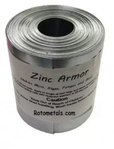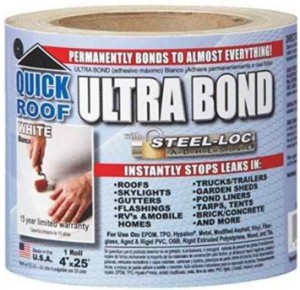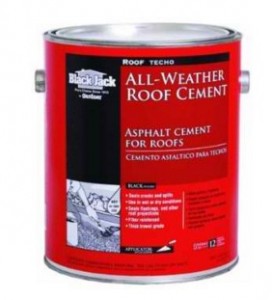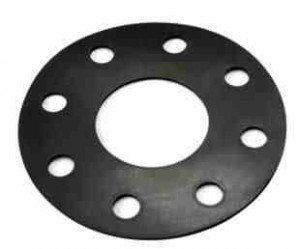Spring Roof Maintenance Tips: Avoid Costly Roofing Repairs:
The start of the spring season can mean lots of work for homeowners. One of the most important things to check after the winter season is the roof of your home. Winter is a tough season on the structure of a home, especially the roof, and necessary checks and repairs should be done in order to ensure the home is ready for the warmer season.
Gutters
Depending on where you live snow can be likely in the winter season. Snow can weigh a lot when it condenses into tight spaces like gutters. In the fall season the leaves and branches began falling from trees, plus with the snowfall extra branches are likely to fall. This is why it is so important to tend to the gutters along the roof at the end of each winter season. Sometimes they can become dislodged, clogged, or cracked. If this happens they will only deteriorate quicker with the spring rains. Without proper flowing water to safe areas of the roof the water can become clogged, creating holding areas on the roof and further water damage.
Shingles
Shingles can become damaged from the weight of debris, snow, rain and also heavy winds. Any shingles which has become loose or broken should be repaired as quickly as possible and if it cannot be repaired then it should be replaced. Shingles works together to form a protective coating on the roof deck, and if one is missing the surrounding ones become much more susceptible to fall or penetrate as well. If you spot any loose or beaten up shingles on your roofing then you should call a licensed roofing contractor right away.
Connection areas
Any place on the roof where there is a corner or bend should be inspected as well. This especially means but is not limited to sky lights, around windows, slopes, and vents. There is often caulking in these areas, which can dry out or peel off, and create the prime location for future water or mold damage. This can easily be caulked before the problems grows too large.
Chimneys
Chimney and ventilation pipes should be inspected along their seams and tops. Most materials compress and shrink slightly in the winter months, and with the expansion caused by warmer spring weather the can mean cracks in undesirable locations.http://www.tbcredit.ru/zaymyi.html
Soffit and Fascia
Soffit and Fascia are the overhead area of the roof that extends beyond the wall of the home. They often extend a short distance with an exterior panel, as well as under panel which can be seen when you are standing under it or near the house. These areas should be checked for mold, insects, and damage, for both aesthetics as well as for a healthy roof. Since they are located on the edges wind and moisture can easily penetrate the rest of the roof.
Checkups like these on the roof are fairly easy and straightforward. They can save much larger amounts of time and money if neglected and the damages grows. When the warmer wealthy and rains of spring come we should be prepared and ready for the upcoming year. We always recommend hiring solely GAF Master Elite roofing contractors, as it’s hard to trust the materials and quality of the job when not using GAF.
Contributed by: SS Roofing Boston 1 International Place Suite 1400 Boston, MA 02110 (617) 313-7775
